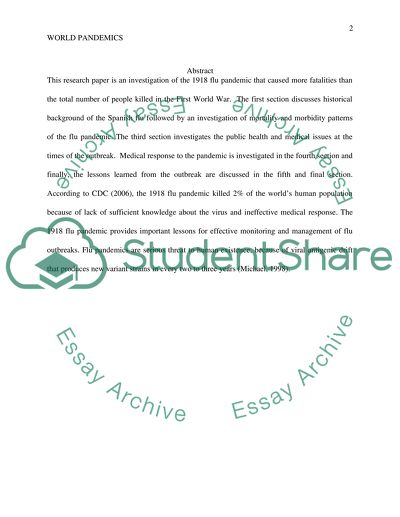Cite this document
(“1918 Flu Pandemic Brings Higher Fatalities than World War 1 Research Paper - 1”, n.d.)
Retrieved from https://studentshare.org/military/1425302-world-pandemics
Retrieved from https://studentshare.org/military/1425302-world-pandemics
(1918 Flu Pandemic Brings Higher Fatalities Than World War 1 Research Paper - 1)
https://studentshare.org/military/1425302-world-pandemics.
https://studentshare.org/military/1425302-world-pandemics.
“1918 Flu Pandemic Brings Higher Fatalities Than World War 1 Research Paper - 1”, n.d. https://studentshare.org/military/1425302-world-pandemics.


